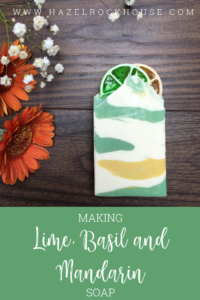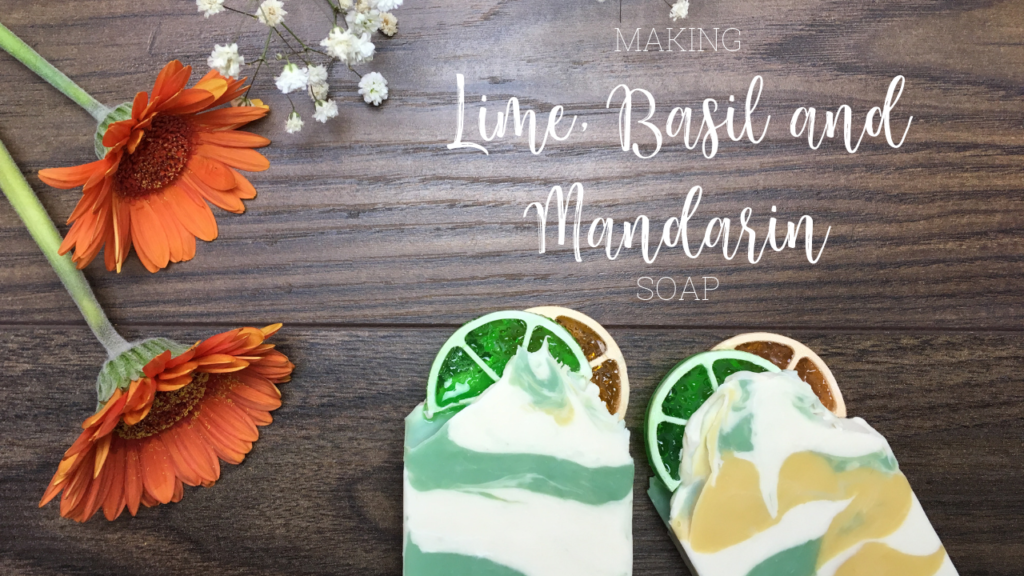Not everything in life goes to plan.
This is especially true in soapmaking where sometimes things just go a bit astray for no apparent reason. In these videos, I always use fragrances that I have used many times before so that I’m not surprised by a new fragrance that doesn’t behave well in soap.
If you have no idea what I’m talking about, I’ll explain.
Making soap is a chemical reaction. It is the chemical reaction between the oils and the NaOH (lye) that combine to make soap. No problem. You can read all about it here.
When we add extra chemicals in the form of fragrance, that can often complicate matters. Adding a new chemical into the mix can interfere with the speed of the soapmaking (saponification) reaction. So adding a fragrance can either speed up or slow down the reaction. In fact, most fragrances will speed up the reaction and speed up the thickening of the soap. We call this acceleration.
There are occasions where the reaction speeds up so fast that you don’t even have time to get it in the mould (referred to as soap on a stick or bowl-shaped soap!)
The fragrance I used for this soap is a dupe of the popular Jo Malone fragrance Lime, Basil and Mandarin. It always has behaved well for me before with little or no acceleration. But the workshop was cold. Maybe this had something to do with it or maybe not. In the video, you will see me add the titanium dioxide to the main part of the soap and it just sits on top. I have to get a spatula to scrape it off the sides of the bowl and into the soap. You can watch it below.
I had planned to do a drop swirl for this batch but it just wasn’t going to work with the thick soap I had…so time to pivot and change my plan. With a thick soap like mine, the best thing you can do is something called the ‘drop and plop’ method, which really is just flinging the soap in the mould whatever way you can to get it in without air bubbles. Air bubbles are a common issue for thick soap and can be remedied by bashing the mould on a table like a lunatic (or the floor if yours is a fold-out table).
The thing that saved me this time was that I had used the full water component recommended by Soapcalc. It helps when doing videos because it gives me a little more time to play with the soap. Usually, when I make soap to sell I do a water discount which helps the soap set up faster. I can then unmould and cut more quickly. Water discounting can help with glycerin rivers and stops the soap from gelling too hard and overheating. Today I didn’t. It’s a good job because I would not have been able to manipulate the soap at all if I had.
The soap actually turned out well in the end. Even though the design wasn’t what I had originally planned. It’s a life lesson really. Even when things aren’t as we expect, most of the time things turn out fine, but we always need to be ready to change it up and evolve with events.
Join me as a housemate and get free access to all my tips, recipes and special offers in your inbox, weekly. Just fill in the box in the sidebar.
Until next time, Bye!


